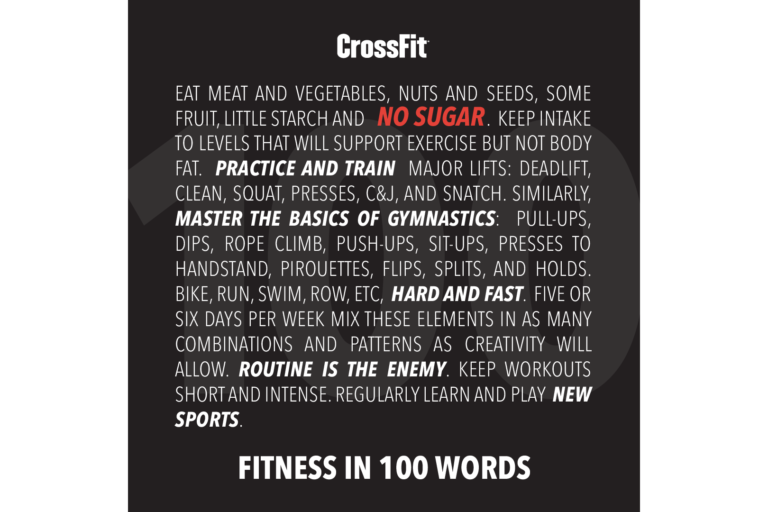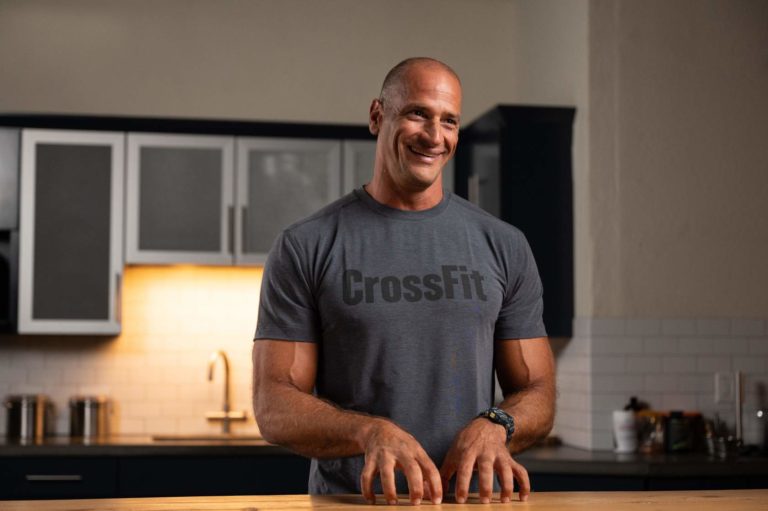Chris Masterjohn, a leading nutrition expert, recently published “How to Lose Fat Without Losing Muscle.” Below are some of the main points Masterjohn makes about weight loss and how to successfully lose body fat to support health.
#1 – Weight loss should be fat loss
When embarking on a weight loss journey for health improvement, the primary focus should be on fat loss while preserving lean mass. This includes weight from muscles, bones, and organs. Masterjohn’s research reveals that relying solely on calorie-cutting methods can lead to a significant portion of the weight loss coming from lean mass, which is not conducive to healthy weight loss. Instead, we should prioritize healthy diet and exercise principles to achieve our goal.
#2 – Exercise more, do not eat less
Masterjohn recommends eating “good” food in “normal” amounts. To exercise more, he suggests six hours per week of full-body resistance training and high-intensity intervals and sprints. Lower-intensity activities such as walking should be added to the program to round out the program.
“Keep intake to levels that will support exercise but not body fat.”
#3 – Eat enough protein
Masterjohn recommends 0.55 – 0.82 grams of protein per pound of body weight daily. To preserve lean mass, he recommends up to 1.1 grams of protein per pound of body weight daily if weight loss occurs faster.
#4 – Slower is always better
Masterjohn explains if we follow the exercise guidelines while ingesting the high-end target of 1.1 grams of protein per pound of body weight, we can lose up to 2 pounds per week and expect to gain muscle. If we adhere to the exercise guidelines and eat 0.55-0.82 grams of protein per pound of body weight, we’ll keep all our muscle at the rate of 2 pounds per week but actually gain muscle if we slow weight loss to 1 pound per week. Masterjohn warns that if we do not follow the exercise or protein guidelines, weight loss must be slowed to half a pound per week. However, 15-20% of our weight loss may be lean mass, even at this slower weight loss rate.
Masterjohn underscores two crucial points. First, he notes that no amount of protein intake can completely prevent the loss of lean mass during weight loss. Second, he highlights the pivotal role of exercise in preventing the loss of any lean mass as we shed weight. This underscores the importance of regular physical activity in any weight loss regimen.
CrossFit
Masterjohn’s article and the research cited therein support what CrossFit athletes have known for years. Masterjohn’s recommendations fall completely in line with CrossFit’s exercise prescription and dietary guidelines. CrossFit athletes have completed four to six hours of strength training and high-intensity intervals each week for decades. The variety of functional movements and combinations of workouts provide a tremendous neuroendocrine response and anabolic effect and drive a high level of fitness and overall health.
CrossFit has steadfastly recommended a diet consisting of natural, high-quality, unprocessed foods with a protein intake of around 0.7-0.8 grams per pound of body weight daily to fuel high-intensity work. As form follows function, this combination of sound strength and conditioning and proper nutrition principles has developed highly fit, healthy individuals with incredible physiques.
These regular, everyday people who have chosen to adopt the CrossFit lifestyle probably never realized they were following scientifically supported rules for losing fat and gaining muscle. They just knew they were getting incredible results.
The prevalence of obesity and chronic diseases, coupled with the rise of “weight loss” drugs, has brought weight loss to the forefront of health concerns. Unfortunately, for many, calorie restriction is the only tool in their weight loss arsenal, leading to generally unhealthy results. A significant portion of the weight loss often comes from the loss of lean tissue, rather than fat, which is a disheartening outcome.

For healthy weight loss, whether assisted with medication or not, we need to understand how to go about the process in the right way. CrossFit has been delivering the instruction manual for implementing the principles Masterjohn outlines for years to millions of athletes with startling success. Lift weights, perform high-intensity intervals, enjoy hobbies such as playing sports, rucking, hiking, biking, or swimming, and eat whole, unprocessed foods in the right amounts, including adequate protein.
That is, do CrossFit and you’ll lose the fat and keep the muscle.
About the Author
 Stephane Rochet is a Senior Content Writer for CrossFit. He has worked as a Flowmaster on the CrossFit Seminar Staff and has over 15 years of experience as a collegiate/tactical strength and conditioning coach. He is a Certified CrossFit Trainer (CF-L3) and enjoys training athletes in his garage gym.
Stephane Rochet is a Senior Content Writer for CrossFit. He has worked as a Flowmaster on the CrossFit Seminar Staff and has over 15 years of experience as a collegiate/tactical strength and conditioning coach. He is a Certified CrossFit Trainer (CF-L3) and enjoys training athletes in his garage gym.
